Buttercups / All Year round / Toxic
There are many types of Buttercups, three species are very common in the UK. They can all be thought of as the same from a foraging point of view as they are all toxic.
Common Names
Buttercups, Creeping crazy, Devil’s guts, Lantern leaves, and Tangle-grass.
Botanical Name
Ranunculus species
Scientific Classification
Kingdom – Plantae
Order – Ranunculales
Family – Ranunculaceae
Physical Characteristics for Buttercups
Leaves
The leaves are roughly triangular in shape, they have 3-5 lobes and are hairy and pinnate. They often have pale markings
Flowers
The flowers are bright yellow, sort of cup shaped, have 5 petals and have a cluster of bright yellow stamens.
Fruits
The fruit are green and spiny, they look a little like a miniature Horse Chestnut seed pod.
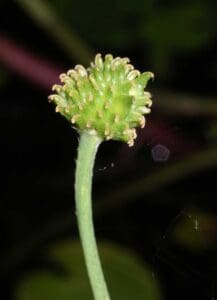
Habitat
Virtually anywhere but preferring some sun, Buttercups are very wide spread and can be found in meadows, woodlands and on disturbed ground.
Known Hazards
All parts of the plant are poisonous when raw, symptoms of poisoning include bloody diarrhoea, excessive salivation, colic, and severe blistering of the mouth and gastrointestinal tract.
They have been known to cause contact dermatitis when handled, so care should be taken.
Could be Confused with…
Most people are familiar with Buttercups so mis-identification is rare. Other members of the ranunculaceae will look similar but vary in size and prefferred habitat.
Notes on Herbal Uses
They were traditionally used dried to treat fevers and rheumatism.
Extra notes from the Foragers
The origin of the name comes from a belief that it gave butter its golden hue. In reality, Buttercups are poisonous to cattle and are often left uneaten.
The 3 most common species found in the UK are The Creeping Buttercup (Ranunculus repens), The Meadow buttercup (Ranunculus acris) and the Bulbous buttercup (Ranunculus bulbosus) all are toxic and should be avoided.
Resources
https://www.plantlife.org.uk/uk/discover-wild-plants-nature/plant-fungi-species/buttercups



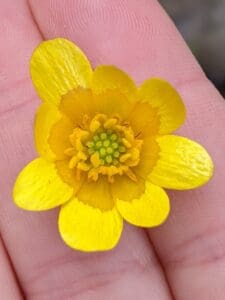
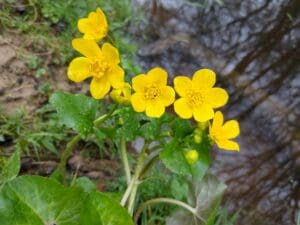
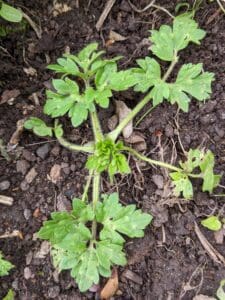
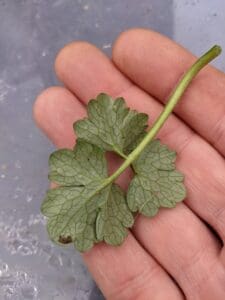
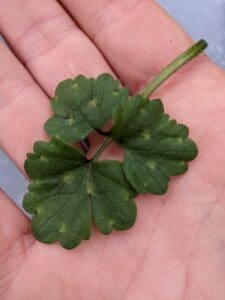
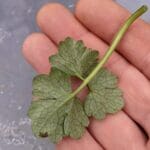
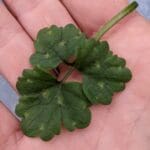
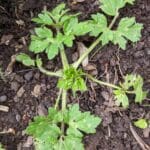
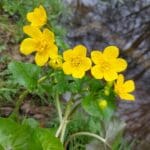
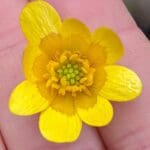



Leave a Reply
You must be logged in to post a comment.